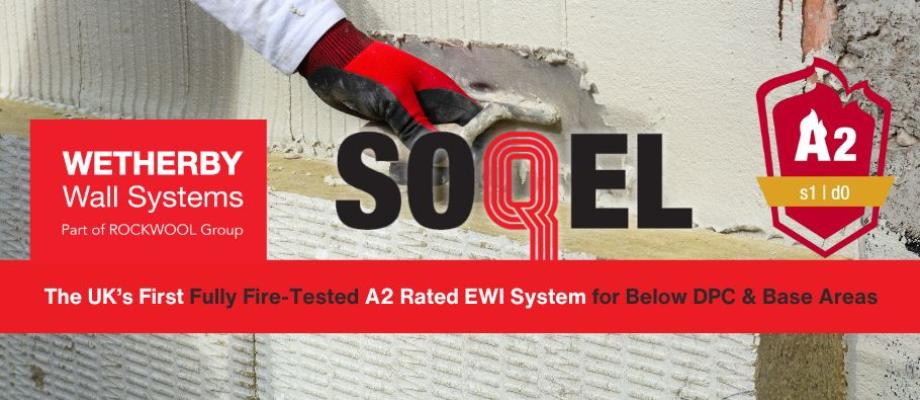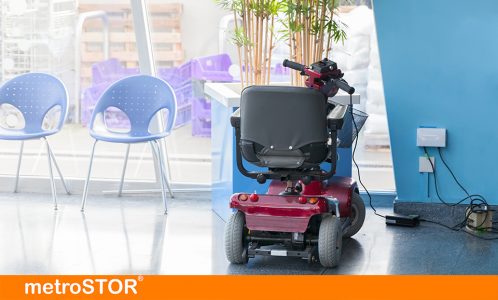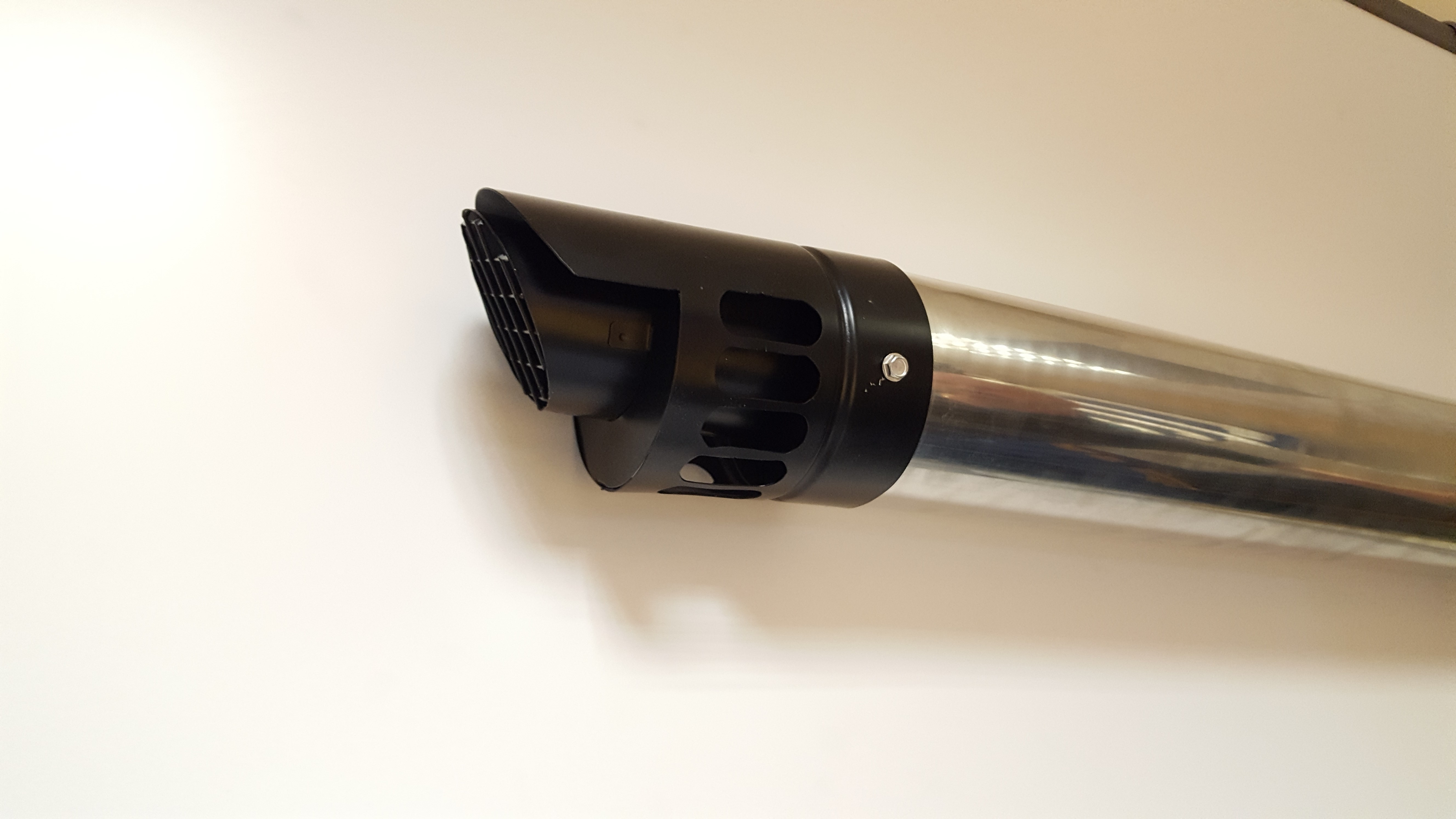Access improved for Hanover Lodge residents

With the age of residents at Hanover Lodge, access was becoming problematic due to the heavy self-closing fire doors. Fireco products were recommended and Freedor SmartSound was found to be the best-suited product.
- Read more about Access improved for Hanover Lodge residents
- Log in to post comments



















